详细说明
Species Reactivity
Mouse
Specificity
Detects mouse Endoglin in direct ELISAs and Western blots. In Western blots, this antibody shows 100% cross-reactivity with recombinant human Endoglin.
Source
Monoclonal Rat IgG 2A Clone # 209701
Purification
Protein A or G purified from hybridoma culture supernatant
Immunogen
Mouse myeloma cell line NS0-derived recombinant mouse Endoglin
Glu21-Gly581 (predicted)
Accession # NP_031958Formulation
Lyophilized from a 0.2 μm filtered solution in PBS with Trehalose. *Small pack size (SP) is supplied as a 0.2 µm filtered solution in PBS.
Label
Unconjugated
Applications
Recommended
ConcentrationSample
Western Blot
1 µg/mL
Recombinant Mouse Endoglin/CD105 Fc Chimera (Catalog # )
under non-reducing conditions onlyFlow Cytometry
2.5 µg/10 6 cells
MS‑1 mouse pancreatic islet endothelial cell line
Immunohistochemistry
8-25 µg/mL
See below
CyTOF-ready
Ready to be labeled using established conjugation methods. No BSA or other carrier proteins that could interfere with conjugation.
Immunocytochemistry
8-25 µg/mL
See below
Please Note: Optimal dilutions should be determined by each laboratory for each application. are available in the Technical Information section on our website.
Data Examples
Immunohistochemistry | Endoglin/CD105 in Mouse Embryo. Endoglin/CD105 was detected in immersion fixed frozen sections of mouse embryo (13.5 d.p.c.) using Rat Anti-Mouse Endoglin/CD105 Monoclonal Antibody (Catalog # MAB1320) at 10 µg/mL overnight at 4 °C. Tissue was stained using the NorthernLights™ 557-conjugated Anti-Rat IgG Secondary Antibody (red; Catalog # ) and counterstained with DAPI (blue). Specific staining was localized to endothelial cells of the developing hindlimb. View our protocol for . Image depicts staining at 10X magnification. |
Immunocytochemistry | Endoglin/CD105 in Mouse Mesenchymal Stem Cells. Endoglin/CD105 was detected in immersion fixed mouse mesenchymal stem cells using Rat Anti-Mouse Endoglin/CD105 Monoclonal Antibody (Catalog # MAB1320) at 10 µg/mL for 3 hours at room temperature. Cells were stained using the NorthernLights™ 557-conjugated Anti-Rat IgG Secondary Antibody (red; Catalog # ) and counterstained with DAPI (blue). Specific staining was localized to cytoplasmic. View our protocol for . |
Immunohistochemistry | Endoglin/CD105 in Mouse Embryo. Endoglin/CD105 was detected in immersion fixed frozen sections of mouse embryo (13.5 d.p.c.) using Rat Anti-Mouse Endoglin/CD105 Monoclonal Antibody (Catalog # MAB1320) at 10 µg/mL overnight at 4 °C. Tissue was stained using the NorthernLights™ 557-conjugated Anti-Rat IgG Secondary Antibody (red; Catalog # ) and counterstained with DAPI (blue). Specific staining was localized to endothelial cells of the developing hindlimb. View our protocol for . Image depicts staining at 40X magnification. |
Preparation and Storage
Reconstitution
Reconstitute at 0.5 mg/mL in sterile PBS.
Shipping
The product is shipped at ambient temperature. Upon receipt, store it immediately at the temperature recommended below. *Small pack size (SP) is shipped with polar packs. Upon receipt, store it immediately at -20 to -70 °C
Stability & Storage
Use a manual defrost freezer and avoid repeated freeze-thaw cycles.
12 months from date of receipt, -20 to -70 °C as supplied.
1 month, 2 to 8 °C under sterile conditions after reconstitution.
6 months, -20 to -70 °C under sterile conditions after reconstitution.
Background: Endoglin/CD105
Endoglin (CD105) is a 90 kDa type I transmembrane glycoprotein of the zona pellucida (ZP) family of proteins (1-3). Endoglin and betaglycan/T beta RIII are type III receptors for TGF beta superfamily ligands, sharing 71% amino acid (aa) identity within the transmembrane (TM) and cytoplasmic domains. Endoglin is highly expressed on proliferating vascular endothelial cells, chondrocytes, and syncytiotrophoblasts of term placenta, with lower amounts on hematopoietic, mesenchymal, and neural crest stem cells, activated monocytes, and lymphoid and myeloid leukemic cells (2-5). Mouse Endoglin cDNA encodes 653 aa including a 26 aa signal sequence, a 555 aa extracellular domain (ECD) with an orphan domain and a two-part ZP domain, a TM domain, and a 47 aa cytoplasmic domain (1-3). A mouse isoform with a 35 aa cytoplasmic domain (S-endoglin) can oppose effects of long (L) Endoglin (6, 7). The mouse Endoglin ECD shares 69%, 84%, 62%, 63%, and 66% aa identity with human, rat, bovine, porcine, and canine Endoglin, respectively. Endoglin homodimers interact with TGF-beta 1 and TGF-beta 3 (but not TGF-beta 2) but only after binding T beta RII (8). Similarly, they interact with activin-A and BMP-7 via activin type IIA or B receptors, and with BMP-2 via BMPR-1A/ALK-3 or BMPR-1B/ALK-6 (9). BMP-9, however, is reported to bind Endoglin directly (10). Endoglin modifies ligand-induced signaling in multiple ways. For example, expression of Endoglin can inhibit TGF-beta 1 signals but enhance BMP-7 signals in the same myoblast cell line (11). In endothelial cells, Endoglin inhibits T beta RI/ALK5 but enhances ALK1-mediated activation (12). Deletion of mouse Endoglin causes lethal vascular and cardiovascular defects, and human Endoglin haploinsufficiency can a cause the vascular disorder, hereditary hemorrhagic telangiectasia type I (13, 14). These abnormalities confirm the essential function of Endoglin in differentiation of smooth muscle, angiogenesis, and neovascularization (2-4, 12-14). In preeclampsia of pregnancy, high levels of proteolytically generated soluble Endoglin and VEGF R1 (sFlt-1), along with low placental growth factor (PlGF), are pathogenic due to anti-angiogenic activity (15).
References:
Ge, A.Z. and E.C. Butcher (1994) Gene 138:201.
ten Dijke, P. et al. (2008) Angiogenesis 11:79.
Bernabeu, C. et al. (2007) J. Cell. Biochem. 102:1375.
Mancini, M.L. et al. (2007) Dev. Biol. 308:520.
Moody, J.L. et al. (2007) Stem Cells 25:2809.
Velasco, S. et al. (2008) J. Cell Sci. 121:913.
Perez-Gomez, E. et al. (2005) Oncogene 24:4450.
Cheifetz, S, et al. (1992) J. Biol. Chem. 267:19027.
Barbara, N.P. et al. (1999) J. Biol. Chem. 274:584.
Scharpfenecker, M. et al. (2007) J. Cell Sci. 120:964.
Scherner, O. et al. (2007) J. Biol. Chem. 282:13934.
Pece-Barbara, N. et al. (2005) J. Biol. Chem. 280:27800.
Arthur, H.M. et al. (2000) Dev. Biol. 217:42.
Lebrin, F. and C.L. Mummery (2008) Trends Cardiovasc. Med. 18:25.
Venkatesha, S. et al. (2006) Nat. Med. 12:642.
Entrez Gene IDs:
2022 (Human); 13805 (Mouse); 497010 (Rat)
Alternate Names:
CD105 antigen; CD105; Endoglin; ENDOsler-Rendu-Weber syndrome 1; ENG; HHT1FLJ41744; ORW; ORW1







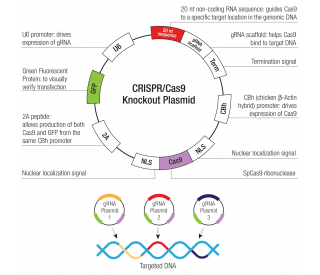
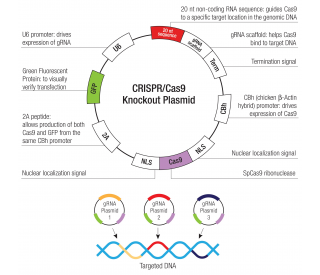
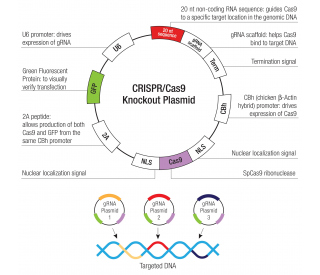
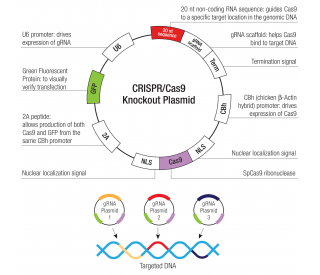
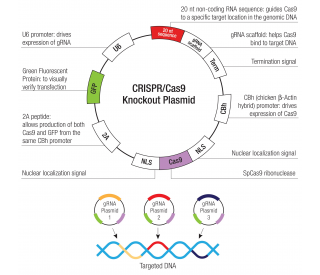
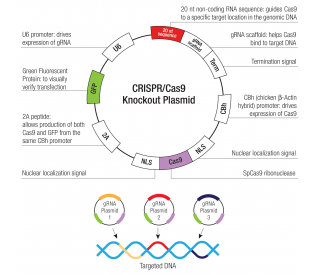



 粤公网安备44196802000105号
粤公网安备44196802000105号